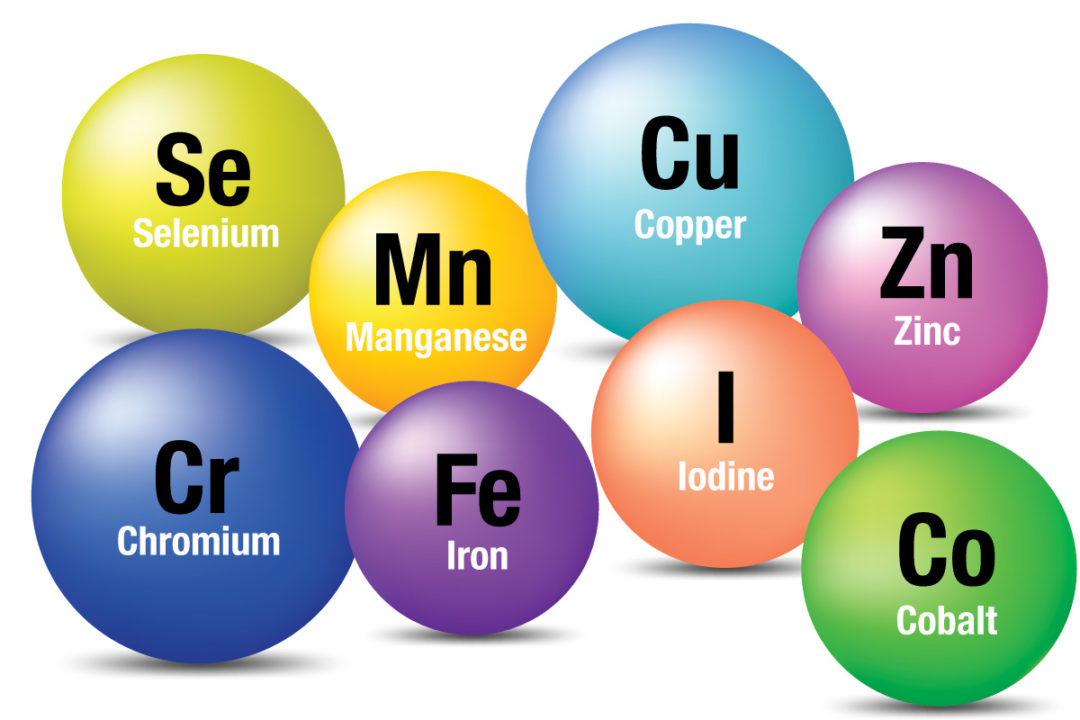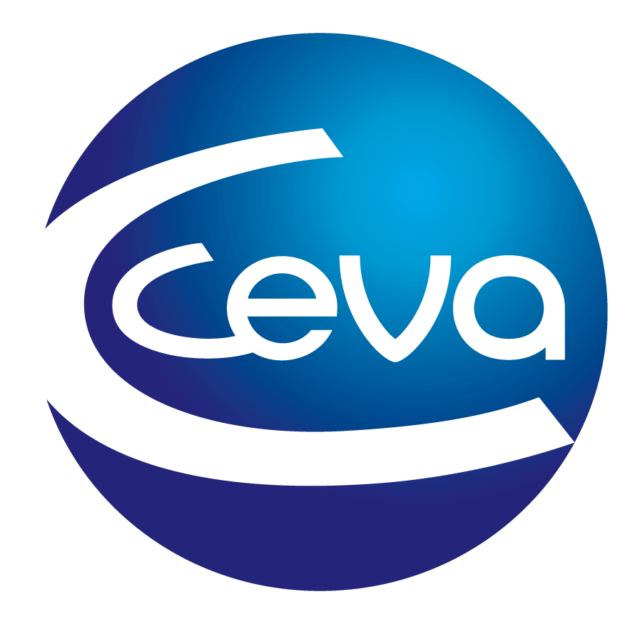Most individuals who have been on a dairy farm have noticed the feed along the feedbunk. A closer examination of this ration reveals that the garden salad-looking bovine meal may contain corn silage, hay and flaked corn. There may be byproducts from local plants, such as beet pulp, cottonseed or even bakery waste. When feeding cows, it is important to note that cows don’t have a requirement for hay or grain, but for the nutrients that these feeds contain.
Dairy cattle require five basic nutrients in their diets: water, energy (generally delivered in the form of carbohydrates and fat), protein, minerals and vitamins. People generally have an understanding of the reason why cows need water, energy and protein, but when it comes to vitamins and minerals, our understanding of their importance is often overlooked or misunderstood.
Micronutrients
Although we often discuss them together, vitamins and minerals are not the same. Vitamins are naturally occurring organic compounds, while minerals needed for biological functions are delivered to the body in the form of salts.
Minerals in the diet are further classified as either macrominerals or trace minerals. The difference between the two is solely based on the quantity in the diet; macrominerals are included in the diet in large amounts and are measured in a percent of the ration (bucketful), whereas trace minerals are going to be measured by parts per million (ppm) or parts per billion (ppb) (a few tablespoons or even teaspoons in the ration).
To demonstrate the difference in inclusion rates, let us assume we are making a 5,000-pound batch for lactating cows. Potassium is the macromineral needed in the highest quantity – about 1% of the diet for lactating cows. In our 5,000-pound ration, 50 pounds of the ration will come from potassium. But since potassium is a salt, we would need to add about 96 pounds of potassium chloride to meet our 50-pound requirement. Adding copper into the diet at 10 ppm for our lactating cow ration would mean that we would need about 1/20 pound for our 5,000-pound ration, or about 4 tablespoons of copper sulfate. While these minerals are required in very small quantities, they have major impacts within the body.
Roles of trace minerals
The roles of trace minerals within the body can be divided into four basic roles:
- Structural – components of body tissues
- Physiologic – helping in the maintenance of membrane permeability, osmotic pressure and acid-base balance
- Regulatory – transcribing ribonucleic acid (RNA) into proteins
- Catalytic – metalloenzyme activity
Of the four, the catalytic function is by far the largest category of activity of trace minerals. These metalloenzymes influence critical activities, such as cellular metabolism, immune function and antioxidant activity, impacting both the health and reproductive performance of the cow.
The cow’s need for trace minerals
Trace minerals should be continuously offered to the cow throughout lactation. However, the trace mineral demands of the cow are not static. Trace mineral utilization will fluctuate as the cow is faced with health challenges, as the body both utilizes and sequesters trace minerals from the pathogen. Heat stress will lead to increased respiration and consequently, an increase in oxidative stress, requiring more trace mineral utilization for antioxidant activity. The greatest demand for trace minerals is at freshening as the cow transfers trace minerals to the fetus prior to parturition. This results in an approximate 30% reduction in trace minerals stored in the liver, potentially leaving the cow with compromised immune function as she traverses the fresh period.
Trace minerals in immune function
When the cow freshens, the body must immediately start repairing itself and eliminating bacteria that entered into the uterus during parturition. The body’s immune system must respond quickly to prevent an infection from expanding. This is one area where trace minerals are critical.
Within the body, white blood cells are continually circulating, awaiting signals from the body that pathogens have penetrated beyond the first lines of defense. The cervix, which acts as a physical barrier to pathogens entering the uterus, was dilated during calving, allowing pathogens to enter. These pathogens initiate an inflammatory response in the body. When cytokines and interleukins signal that pathogens have entered, ceruloplasmin, a copper-dependent protein, is one of the first proteins that is released. The white blood cells that are circulating in the bloodstream are recruited near the site of infection and must stick to the walls of the blood vessels before moving through the tissue to the site of infection, a selenium-dependent process. Copper, with its inherent antimicrobial activity, then plays a role in the active killing of the pathogen, also aiding in the process of phagocytosis. An oxidative burst, utilizing copper and zinc, kills the pathogen before being neutralized by trace mineral-dependent antioxidants, such as superoxide dismutase and glutathione peroxidase.
Trace minerals for reproductive efficiency
Once the cow has passed the voluntary waiting period, the need for trace minerals is again needed to get the cow pregnant. Trace minerals are critical for the reproduction and fertility of cattle. Hormones, which help regulate the reproductive cycle, as well as drive libido, are highly dependent upon the catalytic effect of trace minerals. Zinc is important in the development of prostaglandins. In the estrus cycle, prostaglandin acts upon the corpus luteum, causing regression of the ovarian structure. Steroid hormones, such as estrogen, testosterone and progesterone, all utilize cholesterol as their basic building block. Manganese is necessary for the metabolism and utilization of all cholesterol, meaning a manganese deficiency directly impacts the hormonal balance of the animal. Copper, through the enzyme lysyl oxidase, acts on the theca cells of the ovary. As these cells mature, estrogen levels are secreted, triggering the physical display of estrus.
Cellular division at all levels – especially within the gonads and on the young zygote – requires high levels of zinc. This rapid division of cells also generates a lot of oxidative stress as peroxides are formed during the developmental process. Selenium, copper and zinc, within the antioxidant system of the body, help to neutralize these free radicals, protecting early embryonic development.
Trace mineral supplementation
While trace minerals must be fed daily to the cow, university studies have demonstrated that when a cow’s trace mineral reserves in the liver are depleted, repletion can take 28-42 days to replenish. Because of the critical importance of trace minerals in many functions of the cow, often there isn’t time to wait for oral minerals to replenish trace mineral reserves. Similar to replenishing macrominerals, such as calcium, with intravenous sources when a cow has milk fever, trace minerals can be delivered via injection to rapidly increase supplies within the body at critical times. Injecting trace minerals can also help maintain trace mineral status that may otherwise be lost through excretion.
While rations on the dairy are designed to provide the nutrients the cow requires, ensuring the cow receives the nutrients required is what is ultimately most important.









